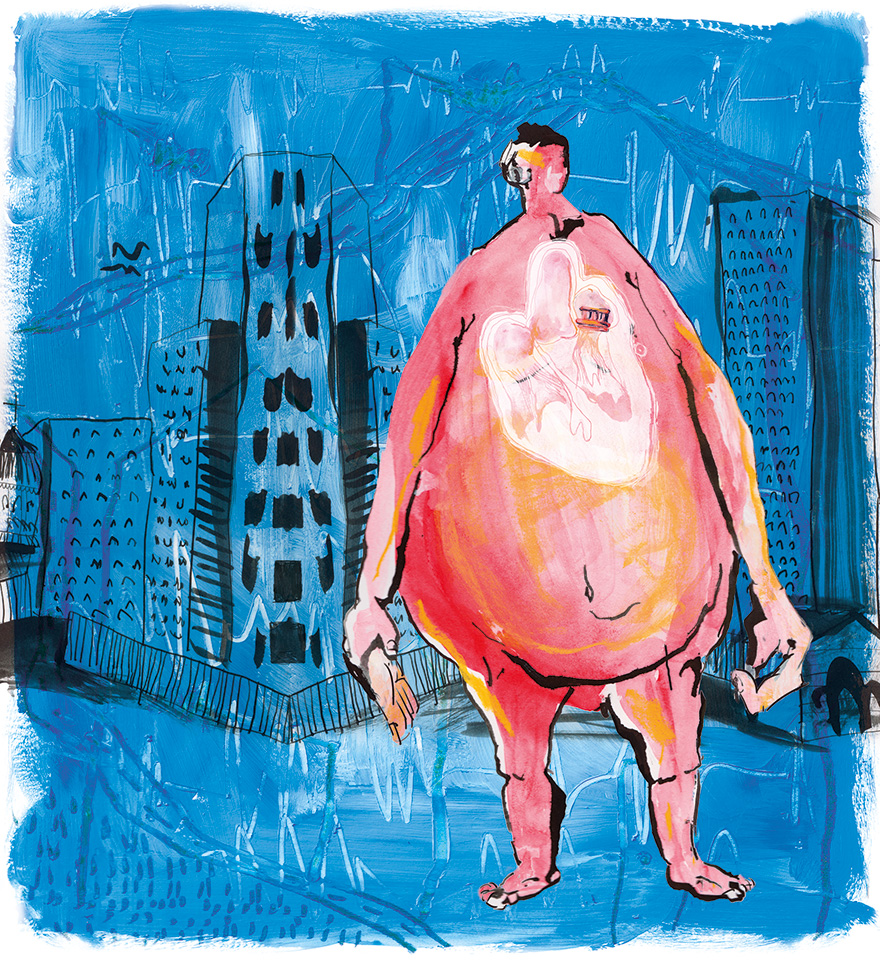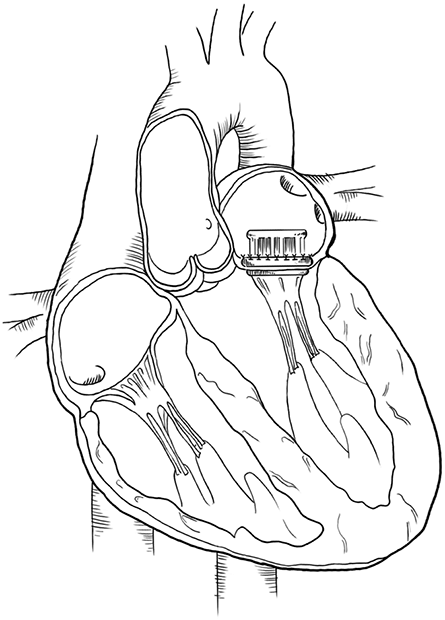AmosovMykola
December 19, 1913, Olkhovo village, Russian Empire (now Russia) —
December 12, 2002, Kyiv, Ukraine
Mitral valve prosthesis
The heart ranges from 40 to 100 beats per minute. Doctors are well aware that a cardiac arrest of even three to five minutes is enough for a brain that is deprived of oxygen during this time to die. So surgeons of the first half of the twentieth century were, unfortunately, powerless against most heart diseases because they could not stop the heart during surgery. One can only imagine what a breakthrough was the invention of the so-called “heart-lung machine”, the artificial blood circulatory machine, in 1953. Of course, the devices did not appear in all hospitals at once. While the patients doomed to death were rescued on one hemisphere of the globe, everything remained unchanged on the other... Until Mykola Amosov saw how this device works.

In 1957, he and his colleagues participated in the Congress of Surgeons in Mexico. There he witnessed the surgery with the implementation of the artificial blood circulatory machine. An ordinary surgeon would return from the Congress with the dream that one day such a device would appear in his operating room, but Amosov returned to Kyiv with an idea. He graduated with honors not only from medical but also from an industrial institute and it was not for nothing. Back then his diploma project was an airplane with a steam turbine. However, upon arrival from the Congress, he began to draw the heart-lung machine. Colleagues helped to make the necessary parts and assemble them. In two months the device was ready and the testing began. Initially, the tests were conducted on dogs. Amosov felt sorry for the animals, but there was no other way to check his work. The dogs were connected to a heart-lung bypass machine and their hearts were “switched off”. Each morning, the cardiology department reported to the surgeon on the well-being of all patients, and then on the well-being of the test animals.
In the early 1960s, after long-term experiments, Amosov managed to carry out the first successful surgery. The patient was a young man with severe heart disease. At the same time, two more hospitals began to implement devices of a similar design: one device was donated by British colleagues, the other was developed by Moscow engineers. Formally, Amosov became the third person to perform heart surgery by connecting the patient to the heart-lung bypass machine. During the very first year of its use, Amosov’s team overtook its competitors. Only five surgeries out of fifty were unsuccessful.
The next time Amosov’s engineering knowledge came in handy was in 1963 when he came up with the idea of installing mitral valve prostheses.
The mitral valve is located between the left atrium and the left ventricle of the heart. In structure, it resembles the sash, which does not allow blood to move in the opposite direction, from the left ventricle to the left atrium. It happens that the sash stops working properly. It becomes thick or stiff, can grow together or bend in the wrong direction. Sometimes the valve can be repaired, and sometimes there comes a time to replace it.

Heart with mitral valve
The first mitral valve prostheses emerged in the late 1950s, and the first replacement was conducted in 1960. By the way, it was the surgeon Nina Starr Braunwald who did it. Amosov was aware of the new valves and the first successful surgeries and together with his colleagues began to look for a way to make valves himself to start installing them for his patients. The design was not too complicated, but the necessary materials were not enough. For example, nylon fabric, which was out of reach back then was needed. So Amosov brought a nylon shirt which he bought at his own expense during one of his business trips to Italy to the Kyiv Research Institute of Tuberculosis and Thoracic Surgery. The long-sleeved shirt was turned into a short-sleeved shirt, and parts of eleven mitral valve prostheses were cut out of parts of the shirt. Amosov performed the first mitral valve replacement in the country on January 17, 1963. In total, eleven patients successfully underwent prosthetics. Fortunately, the mass-production of valves began soon...
In total, by the end of his career, Amosov had performed about